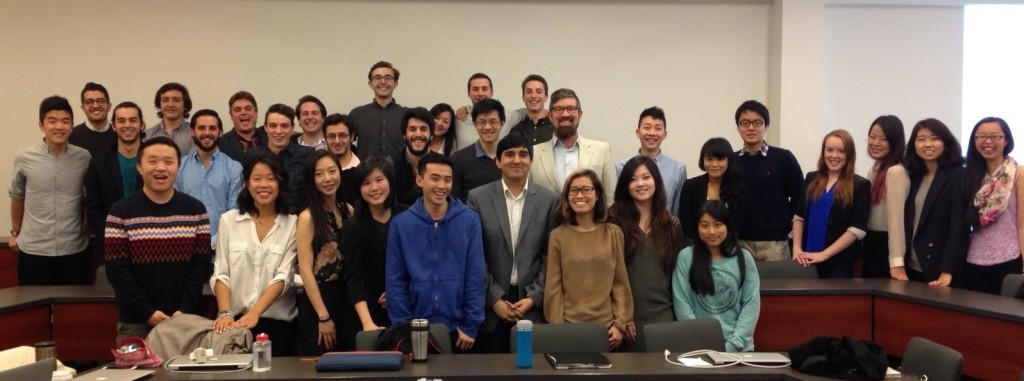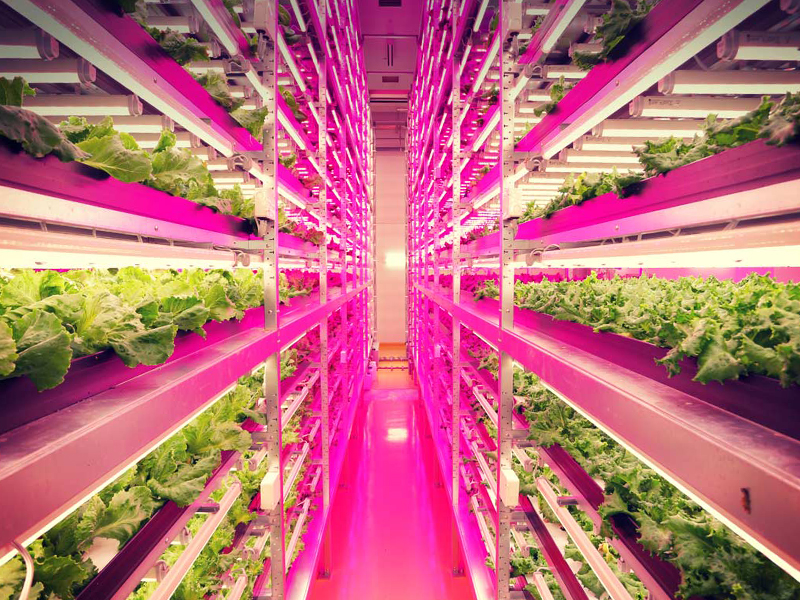For my last blog post, I thought I’d write down some of my biggest takeaways from my semester with sustainability. I took Sustainability Marketing because it sounded interesting even though I wasn’t the most sustainability focused at the time. I recycled when I could, I would read environmental news sometimes, and I’d try my best to reduce waste in my life. But generally, I wasn’t as engaged as I could have been. I also had no specific plans to integrate sustainability in to my career.
Throughout this course, I learned that innovation and sustainability will go hand in hand in the future. It will be a competitive advantage for companies who choose to lead the pack today and innovate in a way that has positive externalities for the environment and society. As resources dwindle, the least resource intensive products will conquer. As consumers increase their social awareness, the ethically sourced products will conquer. This course has provided me insight in to green consumer segments and targeting strategies that will help me be an innovative and sustainable professional.

I also learned that green products must be great first. With all the examples we discussed in class, this now seems intuitive but we face a market that has been saturated for years with lower quality green products. It is an uphill battle staged against consumers who are downright convinced green products don’t compare to their less green counterparts. Our products must be the best and the greenest to win over the most skeptical consumer.
A personal takeaway, that wasn’t necessarily in the syllabus, was that sustainability is an ever-evolving topic that we must always continue to educate ourselves on. We are far from knowing all there is to know about the environment and we most likely never will. Nothing is black and white. We must never be complacent in our knowledge but rather always seek out more. Innovation will be based on the most up to date knowledge of the environment and the things we are doing today will probably be outdated and replaced by much better practices in the future – we have to always be ready for that change.
Not only is sustainability ever evolving, it’s a complicated mix of both science and opinion. I don’t mean the climate change deniers when I say opinion, rather I mean everyone else’s opinions. We each have different hierarchies in our mind of what is most important – whether it’s our planet, our people, or even our animals. It is nobody’s place to set out a hierarchy for all. Rather our companies should reflect a purpose that is inherent to our business practices, our workforce and most importantly our consumer. There is no perfect and so there is no company that can stop striving to be better.
Thank you to everyone in the class – I learned a great deal from our discussions and will take it all with me in to the workforce. See you on the forefront of sustainable innovation!




